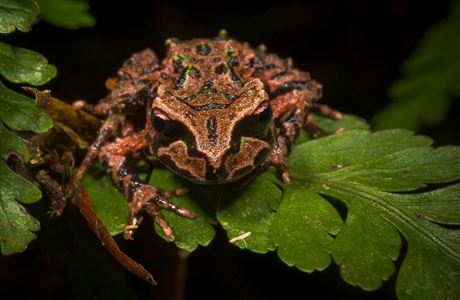By Memory (age 13) from Howick Intermediate
Archey’s frogs are the smallest most endangered amphibians in New Zealand.

They were once very common in many areas in New Zealand, but due to a disease called chytridiomycosis that’s not the case anymore.
Chytridiomycosis is a disease that mainly affects amphibians. It’s a type of infectious fungus disease that occurs in parts of frogs bodies that have keratin in them. Scientists have found a cure for this disease but I don’t think they will be able to cure every amphibian before they inevitably die.
Right now, the best thing to do is probably to keep them in an isolated enclosure and breed them just like the Auckland Zoo is doing. It may not be the most effective way of doing things, but it will help with maintaining a population. Also, if they are all easily located in an enclosure it will make it easier for the scientists to cure them.
When the antidote is injected into the frog, assuming it will be injected, it will then become part of their DNA, and when they breed, it will become part of their young’s DNA too.
Archey’s frogs are also preyed on by rats, which is also killing them. Good predator control will help solve this.







